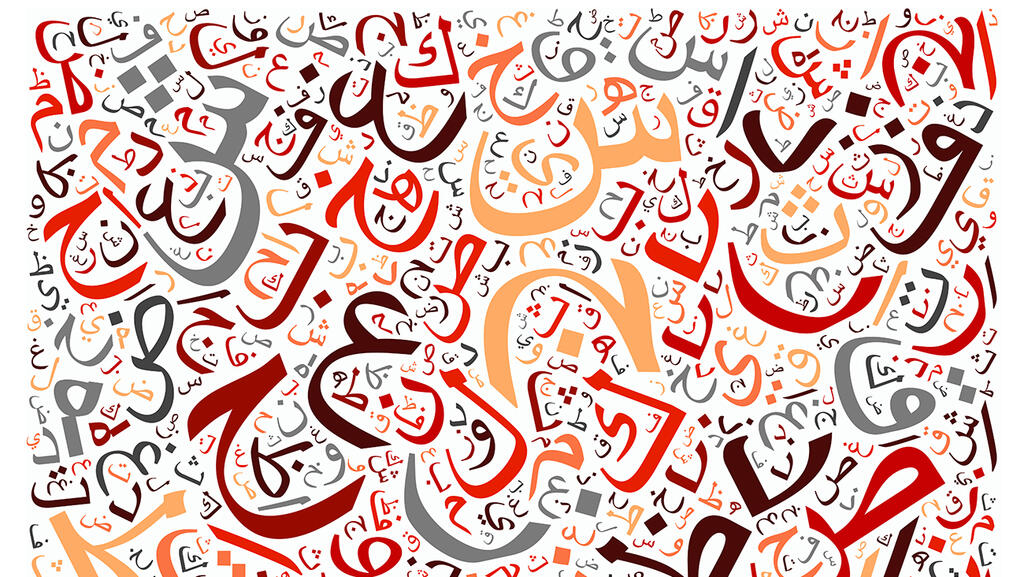1 More photos

One of the main conclusions of the commission investigating the failure of the US intelligence services before the terrorist attacks of September 11, 2001, was that most of the employees do not speak foreign languages and do not understand the cultural codes of the enemy. In this regard, it was recommended to deepen the study of these disciplines, as well as pay more attention to monitoring open sources in order to better understand the realities of a particular country.
20 years later, the Hatzav intelligence structure, which specialized in monitoring open sources, was closed in Israel. Because someone decided that important information about the enemy could only be obtained through intelligence. Knowledge of languages and understanding of culture is not necessary.
The more we learn about Hamas’s preparations for the combined attack on October 7, the more it becomes clear that the problem was not a lack of information about the terrorists’ plans. The events of October 7 demonstrated, first of all, a global misunderstanding of the enemy’s logic. And here everyone has failed – from the political leadership to the leadership of the security services. Including academic circles, the expert community and even the media.
It is the analysis of open sources, an area that has again been pushed into the background, that shows that the enemy’s plans, implemented on October 7, did not even try to hide. Let’s also add warnings from IDF observers (the questioner) in recent months about unusual Hamas activity on the border – this is another open source that was simply ignored. Just as the loud headlines in the Hamas media over the past two years, which can be summed up in one word: “Jihad!” have been ignored.
None of the deterrents that were talked about in Israel were felt in newspapers and social networks in Arabic. On the contrary, terrorist exercises were widely covered there, during which exactly the scenarios that were implemented on October 7 were practiced. Including breaching the security fence, capturing military bases and kidnapping hostages.
There is only one elementary and obvious conclusion after this failure: specialists involved in the study of Palestinian realities are required to speak Arabic and understand the cultural codes of this people. It does not matter whether we are talking about an intelligence specialist, a scientist or an observer on Arab issues. Just as any American scholar must speak English, a Hamas student cannot rely on Google Translate.
This conclusion was made when analyzing the failure of 1973 and was “poetically framed” by the Egyptian intellectual Hussein Fawzi. He argued in a conversation with Israeli writer Haim Ghuri that if Israeli intelligence were familiar with Egyptian poetry, they would understand the depth of national trauma and humiliation of the Egyptians after the events of 1967. Having understood this fact, the events of the Yom Kippur War would not have taken Israeli intelligence by surprise.
The idea of the need to study the language and culture of the enemy has been in the air for about 50 years, but has still not been practically implemented in practice – in Israel and in the world. That is why the mistakes that the Americans faced before the Bin Laden attack were repeated before the Hamas attack on Israel in 2023, and became even more serious.
These mistakes will, of course, come as a shock to many Israelis who have relied on the latest technology and a “small but smart army” to protect them. But even the most developed artificial intelligence will not be able to replace a basic understanding of the enemy’s psychology in practice, if you master its language and cultural codes.
However, not only intelligence specialists, but the entire society must understand these codes. This can be achieved by compulsory study of Arabic from primary school. In this way, we will be able to better study the enemy, strengthen ties with friends and, most importantly, better and more soberly understand the realities in which we live.
The author is director of the Forum for the Study of Palestinian Issues at the Dayan Center at Tel Aviv University











